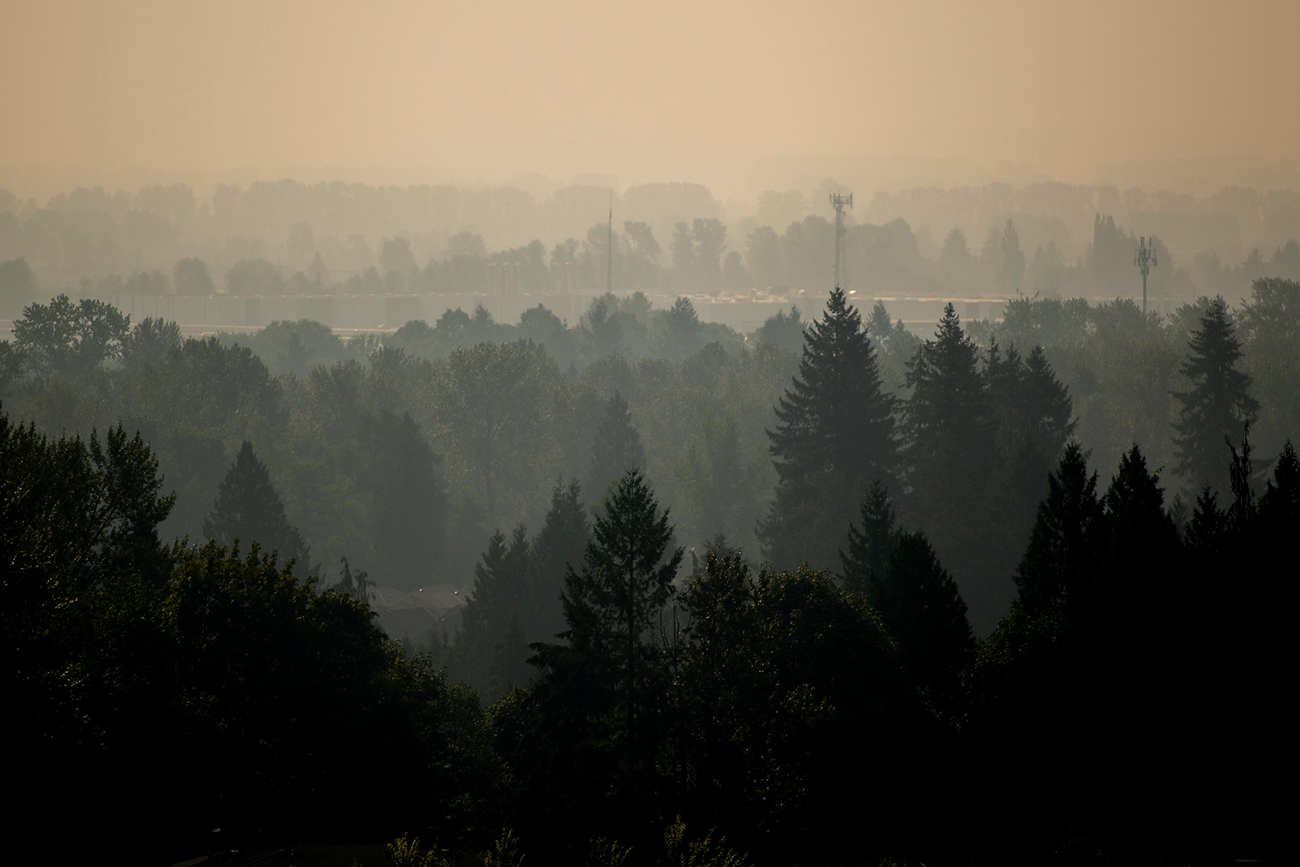
 by ALEX CRAWFORD
by ALEX CRAWFORD
In October 2021, policy-makers meet in Glasgow, Scotland to evaluate current efforts to curb greenhouse gas emissions and climate change. Aiding that effort will be the Sixth Assessment Report from the Intergovernmental Panel on Climate Change (IPCC), which was released in August. This report summarizes advances in our knowledge of climate change over the past eight years. Here are five highlights of what this report tells us about the state of the climate and climate science.
Climate scientists were right.
This is the sixth major report from the IPCC. Several projections of future climate change were made in the Third Assessment Report back in 2001. After 20 years, a lot of those projections are proving accurate. For example, models used in that report projected that atmospheric carbon dioxide (CO2) concentration would be 400-420 ppm in 2020 and that warming during 1990-2020 would be 0.3-0.8°C. Observations from 2020 showed CO2 averaging 415 ppm, and about 0.3-0.5°C of warming occurred during 1990-2020. That report also projected more extreme heat waves in summer and more intense precipitation events in most areas, as well as more severe droughts in drought-prone regions. The Sixth Assessment Report summarizes how all these projections are coming to pass.
Global warming makes hurricanes and wildfires worse.
It has long been suspected that a warmer world would increase hurricane activity. We now have enough data to describe how. There aren’t more hurricanes than there used to be, but a greater proportion of hurricanes become “major” hurricanes, meaning their maximum wind speeds exceed 177 km/h. Additionally, hurricanes produce heavier rain than they used to. So, the chances of Florida or the Philippines being hit by a hurricane hasn’t really changed, but the storms that do come are more likely to bring destructive winds and flooding.
The reason that hurricanes can produce more rain is that a warmer atmosphere can hold more water. This property is a double-edged sword, though; that extra water in the atmosphere comes from enhanced evaporation. More evaporation means the surface and soil lose moisture more quickly. Therefore, drought-prone areas enter droughts more easily. The best weather for growing a big wildfire is hot, dry, and windy. Global warming exacerbates two of those factors, so devastating wildfire seasons like those experienced in western Canada in 2021 are more likely now.
Each degree of global warming is worse than the last one.
Imagine the hottest day of the year. Sweltering, oppressive, and miserable. Now imagine the hottest day in fifty years. More sweltering, more oppressive, and so miserable you long for the refreshing chill of winter. That is an extreme heat event. On average, extreme heat that occurred only once in fifty years in pre-industrial times now occurs about five times every fifty years – at about 1°C of global warming. However, if we experience another 1°C of warming (up to 2°C above pre-industrial times), such an extreme will likely occur about 14 times in fifty years. So, with the first degree of warming, we get an additional four extreme heat days, but with the second degree of warming, we get an additional nine extreme heat days – that’s worse. This is compelling evidence that we should limit global warming as much as possible.
Better understanding of clouds refines our ability to project future climate change.
Clouds have complex relationships with temperature. Clouds reflect sunlight, which tends to cool the Earth, but they also prevent radiation given off by Earth from escaping to space, which tends to warm the Earth. Which of these tendencies dominates depends on the type of cloud and how high it is. Warming enhances some types of clouds and reduces others. This complexity adds a lot of uncertainty to any projection of future climate.
Since the last IPCC report, scientists have become more adept at determining how different types of clouds respond to warming. We now have more evidence that warming reduces the amount of low-level cloud cover over subtropical oceans. Since this type of cloud tends to help cool the Earth, their reduction amplifies global warming. Knowing this has increased our confidence in projections of future warming.
Uncertain sea-level rise.
If warming continues to be very strong, the IPCC report projects there will “likely” be 0.63-1.02 m of sea-level rise by 2100. We must be careful about that range, though – it’s just what’s likely, not what’s certain. The best-case scenario is still about 0.5 m of sea-level rise (close to that likely range) but the worst-case scenario is over 2 m! Why is the worst-case so bad? Because there’s a chance that Antarctica loses a lot of ice fast. Any country with vulnerable coastal communities needs to consider that possibility.
The science is clear but what is unclear is what faculty associations and academic staff should do with the IPCC report findings. To me, this report provides compelling evidence that everyone should work to limit global warming as much as possible as quickly as possible. I arrive at this conclusion informed by my work as a scientist but also, importantly, as a resident of this earth.
There has been much focus in the last two decades on calculating personal carbon footprints: travelling less, eating less meat, or heating homes less. These things have an impact, but they are woefully insufficient. Even the lockdowns and economic disruptions in 2020 from the COVID-19 pandemic only cut carbon emissions by 6.4% compared to 2019. The politics of personal responsibility have failed to curb the rise of greenhouse gas emissions. Therefore, we need to focus on changing our systems, not our individual behavior.
Academic unions and staff must take decisive actions, as a collective, to avert the worst consequences of the climate crisis. They must continue (or start) to educate students (future generations) about the physics of climate change, but also its history, politics, and broader meaning for society.
The countries and people who benefit the least from carbon emissions are typically those who suffer the most from the consequences of climate change. To address this unjust and unfair reality, citizens in democratic societies must vote for change by electing candidates who commit to stronger actions to curb carbon emissions. Collectively, and in solidarity with the people who suffer the worst consequences of climate change, academic unions should lobby for radical laws and education policies that deemphasize short-term profit and incentivize sustaining the environment for greater human well-being.
__________________________________
Alex Crawford is a Research Associate at the Centre for Earth Observation Science, Clayton H. Riddell Faculty of Environment, Earth, and Resources, University of Manitoba. His research focuses on the Arctic climate system in the context of modern climate change, especially the evolving role of Arctic storm systems.